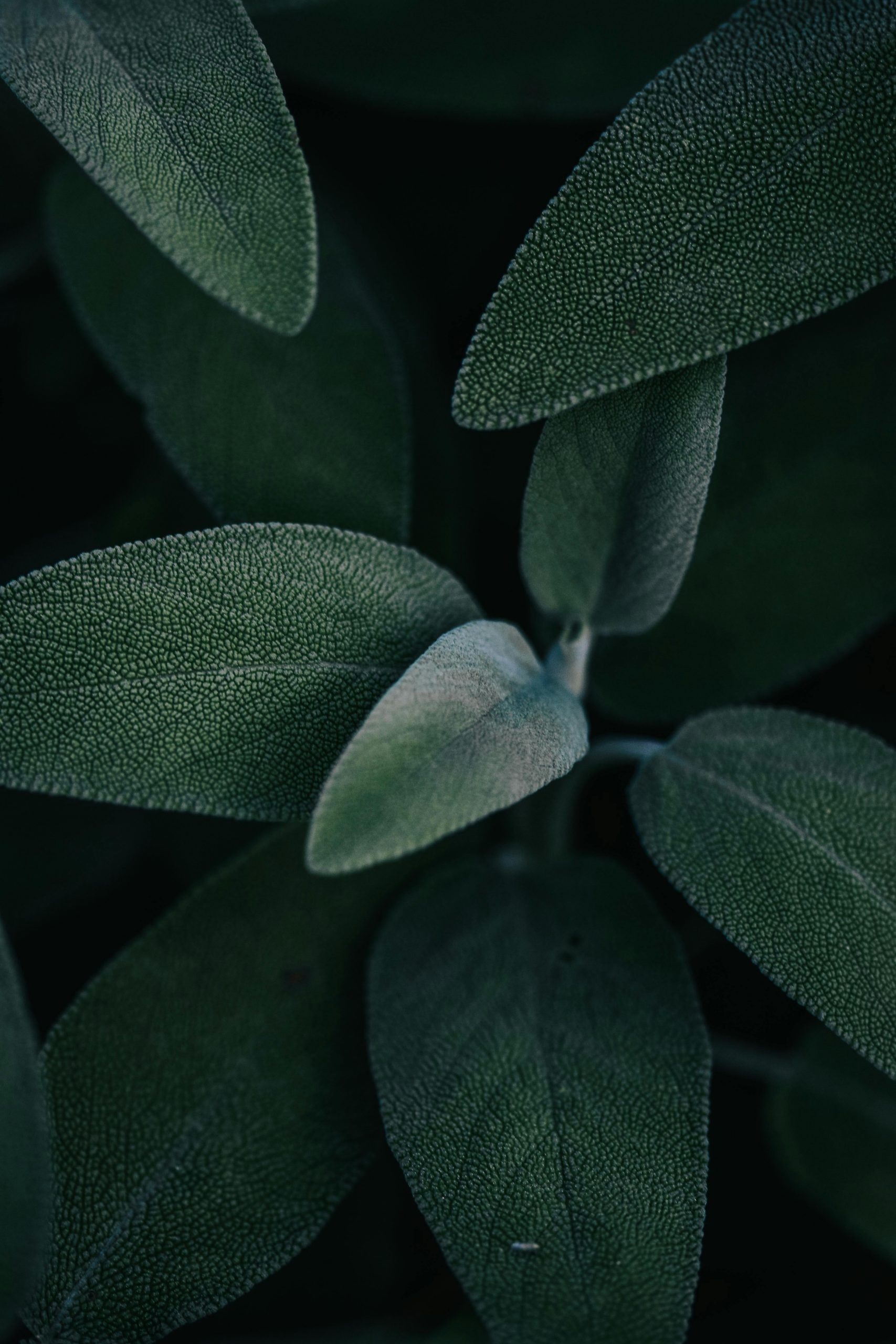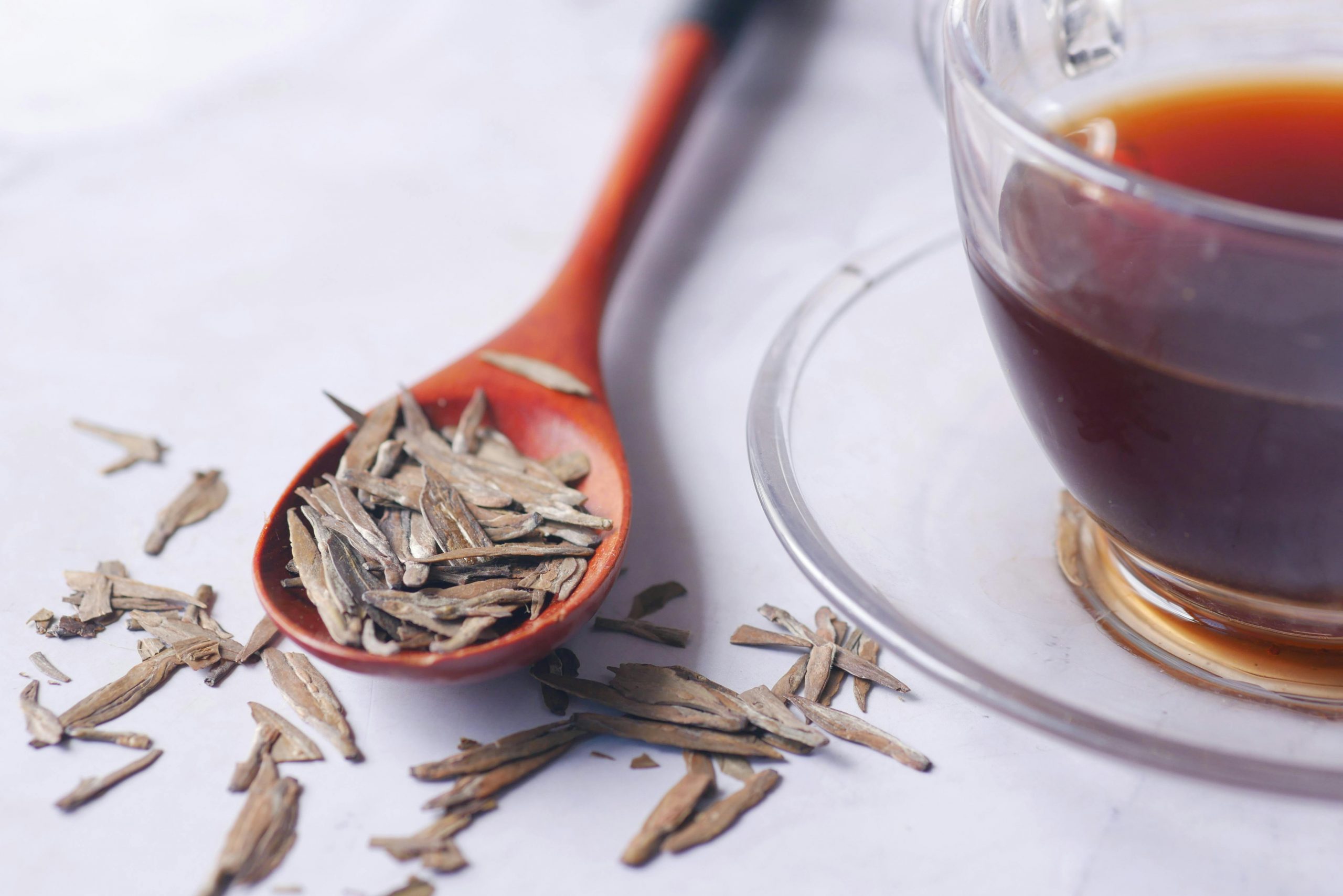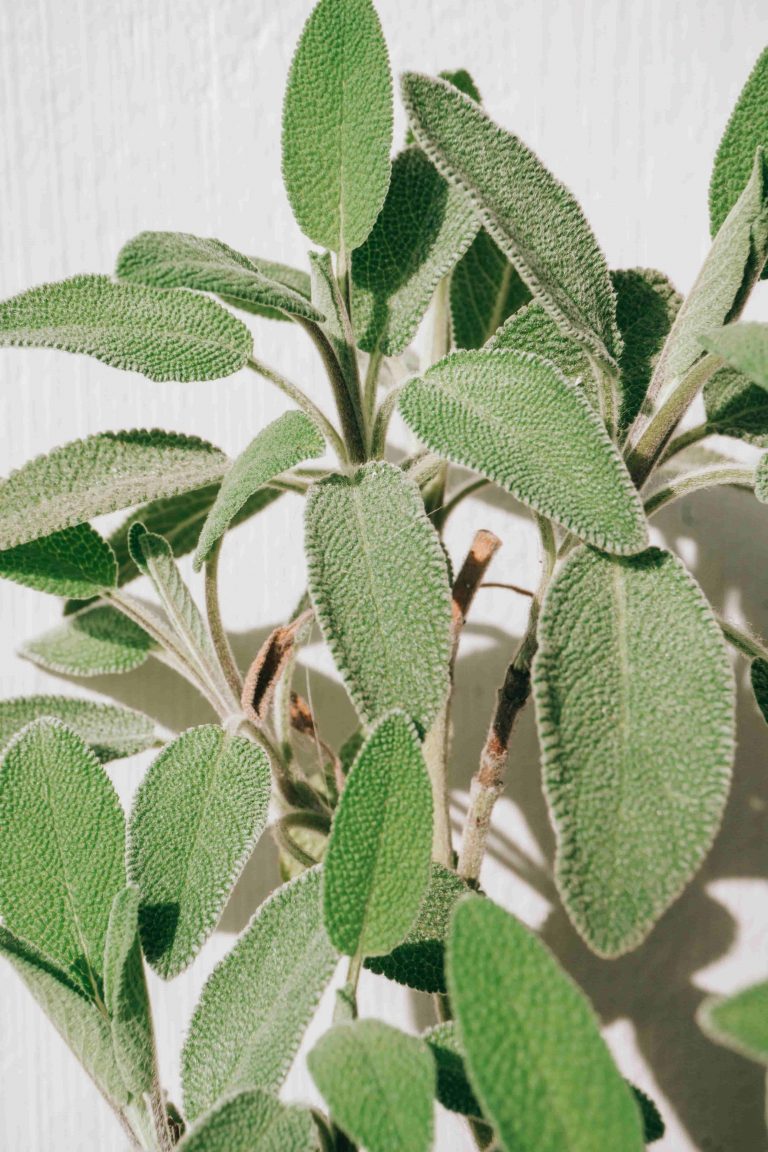Sage, with the Latin name Salvia, belongs to the family of labiates plants. It is an undemanding and sun-loving plant. The species Salvia can be found worldwide and includes more than 800 different types. Real Sage with its’ aromatic fragrance and essential oils is on the one hand used as a kitchen herb, on the other hand as a medical plant. If sage is planted in the right place in the garden, it can spread over several square meters.

Early spring is a good time to cut back sage. If the leaves are cut before winter, the plant might have difficulty to get through the winter time. Now, in February, the shoots can be cut back to about 5 cm. After pruning, when the weather improves, the sage will get new sprouts and grow bushier. However, if new shoots have already formed when you plan to cut back your sage, no pruning should be done any more.
If you want more of the perfumy sage in your garden, a multiplication via cuttings is best.
This is quite easy. The best time for the multiplication of sage is from July to the late summer. The plant should not bloom. Otherwise, you should remove the flowers and buds. After the sage has grown new shoots and leaves in spring, you can use the fresh sage leaves for a sage tea, for example, or to flavour meals.
- First, use a sharp knife to cut off a young shoot approximately 6 centimeters below the leaf crown. Then strip off the lower leaves so that the cutting is left with at least three pairs of leaves.
- Now plant the cutting into compost soil and water it carefully. Make sure that the soil is always moist.
- Since the cutting will grow even better when humidity is high, you can use half a plastic bottle as a greenhouse and place it over the pot with the cutting carefully. Should the bottle get steamed up, simply turn off the lid.
- When the cutting has built roots and grown stronger, it can be planted from the pot directly into the bed outside.

You can also put a cutting, right after having cut it off the sage plant, into a glass of water.
After about 2 weeks the cutting should have developed sufficient roots so that it can be planted directly into the soil.
ALSO SEE: How to get your own tomato seeds
How to get your own tomato seeds
Feature image: Pexels
Text: GARDENA

